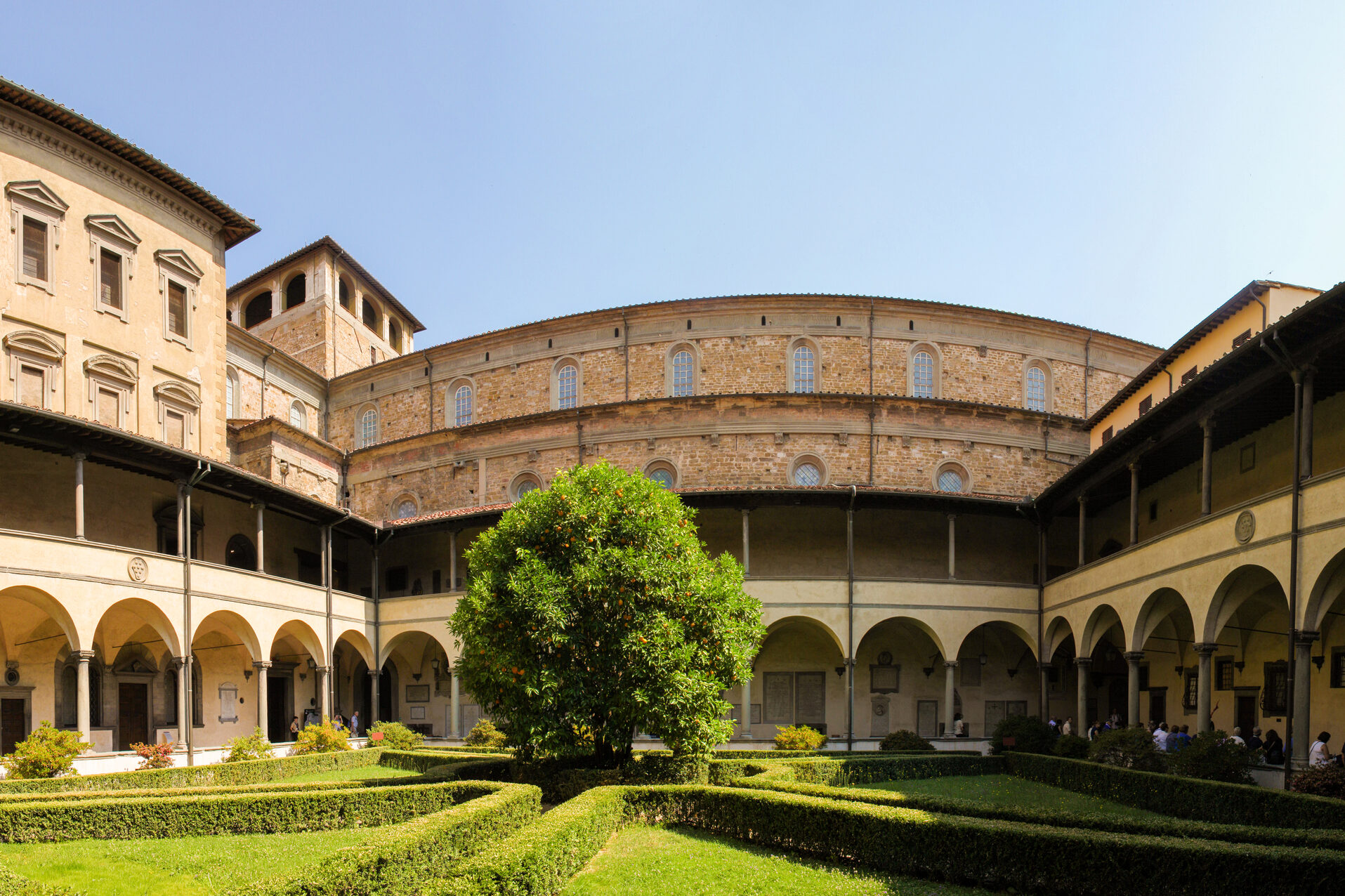As Italians, we brought to the U.S. many customs and traditions, and we keep honoring them as our ancestors used to do. But do we know where those traditions come from? Some of them are quite new, while some others date back to centuries ago.
The one of St. Joseph Table is one of the oldest Italian traditions still celebrated in the U.S. According to the legend, many centuries ago Sicily was devastated by a terrible drought and as a consequence by a famine. The population could only hope for a miracle, and decided to dedicate all the prayers to Saint Joseph, patron of workers and the protector of the family. Apparently, their prayers were answered, as the rain came, the famine ended, and Sicilians could recover and get back to a normal life. Without ever forgetting the grace received. First of all, they gathered together to pay homage to the Saint that saved them. The wealthiest families provided food for everyone, and since then, the celebration, known as Saint Joseph’s Table, has been repeated every year.
Volunteers helping in the kitchen at Mary Star of the Sea, San Pedro
Volunteers helping in the kitchen at Mary Star of the Sea, San Pedro
And if the tradition has reached San Pedro, California, it is thanks to a group of Italian women who, forty years ago, decided to celebrate the way their families used to do back in Italy. It all started with a small, intimate gathering of people willing to commemorate the Saint and the tradition of the “table”. But the event got bigger and bigger every year; last March 17, the auditorium that hosted the celebration, adjacent to Mary Star of the Sea Catholic Church, was full of visitors.
Who knows if those women ever imagined that their little effort to keep a tradition alive would have been so much appreciated by many others, and not only Italians! For the fortieth consecutive year, the ceremony was repeated: a procession (something that by now you can only see in small Italian villages), followed by the Mass and a traditional lunch; an occasion to share a few words with the participants and to appreciate the importance of a meal as moment of gathering. No fancy food was served, but very simple and traditional recipes, what they call a “poor men’s meal”.
Yet, everything was delicious. Most of the ingredients were donated by generous supporters, and volunteers of the community offered their help to cook for all the participants. Everyone in the auditorium who came forward to view the statue of St. Joseph received a small bag containing a bread roll and an orange or lemon, symbolizing the food that the people ate during the famine in Sicily.
But San Pedro is not the only community that honors Saint Joseph with such festivities. Many others in California still gather every year in March to pay homage to the patron of workers, honored by Catholics every year on March 19. Among these, the Holy Family in South Pasadena, St. Benedict in Montebello, All Souls in Alhambra, St. Stephen’s in Monterey Park, St. Raymond in Downey, St. Bede the Venerable in La Canada, St. Cornelius in Long Beach, and St. Peter’s in Los Angeles.
This last one in particular held a three-day celebration, from March 17 to March 19; a quite unique occasion, which reminds of those festivities that only survive in some small Italian villages. St. Peter’s Church gathered members of the local communities as well as visitor interested in discovering (or re-discovering) a tradition coming from far. Even here, most of the work was made by volunteers, who coordinated to prepare a meal for each day of festivity.
All together, these communities contribute in keeping a part of our history alive. Regardless of any religious belief, this is both a unique festivity and, most important, a simple story of charity and gratitude.





























